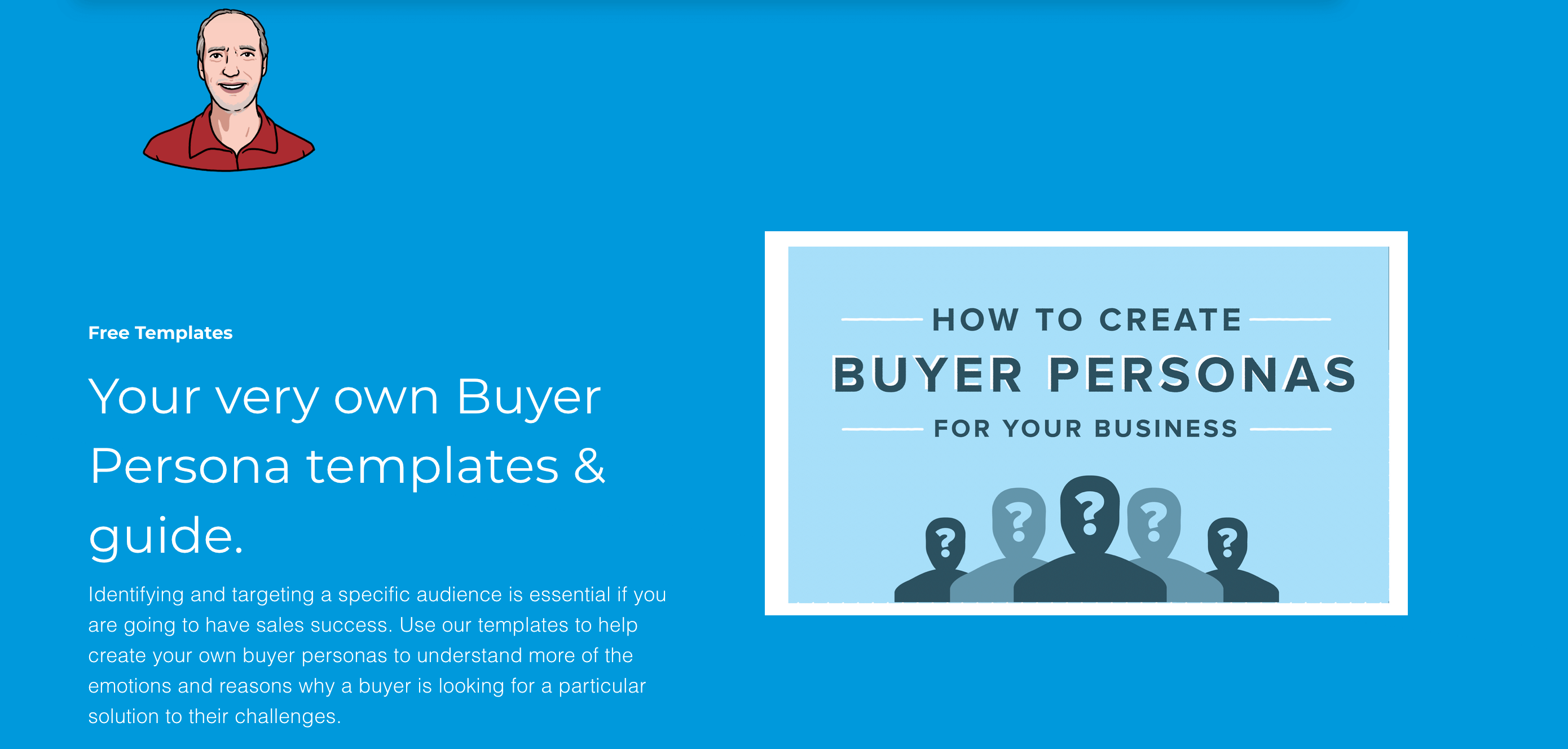How to create a SaaS B2B buyer persona.

Without knowing who your ideal customers are, their backgrounds, goals, pain and how your product or service will benefit them it’s very difficult to plan for growth.
A buyer persona is a semi-fictional representation of your ideal customer. It is based on undertaking market research and your existing customer insights.
Use our template to create your own B2B SaaS buyer persona.
When a buyer decides to buy, what might seem like a simple transaction can actually be an intricate set of many interactions. If a buyer has a range of alternatives or symptoms to decipher – it can take time and effort for you to nurture them to a sale.
There is now also a higher customer expectation of an interaction that is both relevant and personalised so you need understand how to target their needs.
A buyer persona helps sales and marketing to understand what people want and how to interact with them based on their digital preferences.
So How Do We Get Buyer Personas Wrong?
- They’re too shallow: Sometimes they’re mistaken for a segmentation strategy and we substitute a job title rather than the details behind the role
- Gathering dust: Buyer personas are created with much enthusiasm, but are then left and forgotten about and never updated
- Out of date: Your buyers life changes every day, with new goals, rules and ways to do things – so your description must keep pace with these changes
- Navel gazing: Buyer personas are often created with purely internal input. This could mean they reflect the company’s own assumptions and bias
- Cross department discussions: Sales, marketing and any department that has customer contact should be a part of the development process for a persona
- Numerous stakeholders: You need to consider how buying decisions are made, and address the fact that today there are multiple stakeholders in every B2B buying decision all with their own agenda
- They’re not relevant: To be effective, buyer personas must contain information that is relevant to your business rather than be just top of mind statements
- They don’t translate to tactics: There needs to be a practical application of data to actions, how are you able to follow up and assess what you have done?
- Don’t get too personal – the focus should be on how the buyer makes a decision not just the demographics
- Stop basing your analysis on a “gut feeling” – talk to buyers and get their insights rather than rely too much of your own personal view
- Don’t develop too many buyer personas – you will end up with too much work to be able to reap the benefits of a targeted approach
To get in the right frame of mind to create a buyer persona, think about the following questions:
- Do we understand the motivations of your buyer persona?
- What alternative options do they have, other than selecting your company (who are the competition and what do they offer?)
- What ultimately “tips them over” to buy (the hot buttons that will trigger them into action)?
- Do they have any particular content consumption preferences or habits (you will need to know where to post/distribute your content in order to catch their attention)?
- Are you able to influence their focus on you as a problem solver (points of digital influence)?
- Can you explain clearly what the buyer’s pain is and how you solve it (this will be a part of your on-line value proposition and messaging)?
Download our Buyer’s Personas template and guide, to get you started and focused on your customers pain.

Once you are satisfied that you are working with an effective buyer’s persona, the next stage is to integrate your plans into a comprehensive inbound marketing programme – to help you attract leads and nurture them along your sales funnel.
Let us know if you have any questions on how to develop your buyer persona or how to develop a strategy on how to effective match their pain to your gain.
Keep up with our latest blogs:
- Getting your holiday cottage or cabin ready for summer.
- A celebration of colour from NORDISK PREPPER.
- Shortening the B2B sales cycle with inbound marketing
- How to shorten a complex technology sales cycle by wearing your customers shoes …
- A 7x point plan to turn your SaaS start-up into a marketing rockstar …
